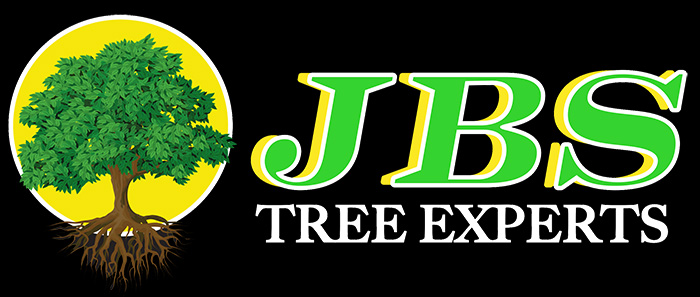HEDGE TRIMMING/REMOVAL
Snip those overgrown branches from your bushes back with our hedge trimming services. Trimming your hedges can create a natural, immaculate feature for your home or business. Don’t let your excessive hedges take away from the rest of your beautiful outdoor space. Hedge trimming can take your yard to the next level paired with our other services!
Q: Why prune your hedges?
The intention behind pruning hedges is to prevent dead or dying branches from harming neighboring plants and people. By removing these branches, you allow the hedge’s flowers or fruits to blossom. Unlike maintenance trimming, pruning isn’t done to slow down the growth of the hedge, but to actually stimulate it.
Q: When is the best time to trim and prune your hedges?
Since time immemorial, people have been concerned with the health of their plants.
Pruning and trimming are common tactics utilized to maintain and care for gardens. As both processes are regularly used on the farm, it is essential to know when to trim hedges and prune at the best time.
To better understand the necessity of the two methods, below is the definition of what each term stands for. As well, there are varying factors that differentiate between trimming and pruning.
Most people use these two terms interchangeably to refer to the other, which is wrong.
In gardening, pruning and trimming refer to two different techniques that use varying equipment.
Defining Pruning and Trimming?
Pruning involves the strategic removal of branches and stems that display undesirable properties in a plant. One of the main reasons why people prune vegetation is to enhance farm safety.
A key aspect you should be familiar with when it comes to pruning is pollarding. It occurs when one gets rid of the topmost branches to promote the vigorous lateral growth of units. You use pollarding when you want to have dense foliage.
When you remove infected, loose, and dead branches, you prevent harm and injury to other plants or people. When it gets windy, you are protected from loosely attached twigs and falling debris.
Pruning creates a chain effect resulting in healthier plants as new growth is encouraged.
An un-pruned hedge is a preferred habitat for pests and animals. Critters and creatures of all kinds prefer overgrown vegetation as it provides more cover and food. Regular pruning deters pest infestation and destruction of the plants.
Pruning is also used for aesthetic purposes. Some people prefer having rounded tops, while others will go the extra mile to create fancy and playful figures depending on their preferences and tastes.
In this case, pruning helps one achieve the desired shape to enhance the plant aesthetically. Geometrical figures and animal forms are some popular shapes you will see carved out of bushes and trees.
Trimming, on the other hand, applies to the clipping of the tips of twigs and branches to improve the aesthetic appeal of the hedge.
It involves skimming the tops and sides to create a manicured, clean look. Experts recommend learning when to trim hedges to avoid damaging your beautiful plant life.
The practice of trimming hedges, trees, and bushes to achieve a desired aesthetic effect is both art and a science. It is popularly referred to as the topiary.
Topiary is the horticultural practice of training plants to maintain an ornamental shape. These artificial, decorative shapes are achieved through clipping of the twigs and foliage.
The biggest perk of trimming is that it curbs overgrowth. When you regularly maintain your hedges, you control its growth within the garden. You are in control of the appearance of your hedges. You decide how to trim and the shape you prefer. Beautifully trimmed hedges improve not only the beauty of your exterior but also increases the value of the property.




